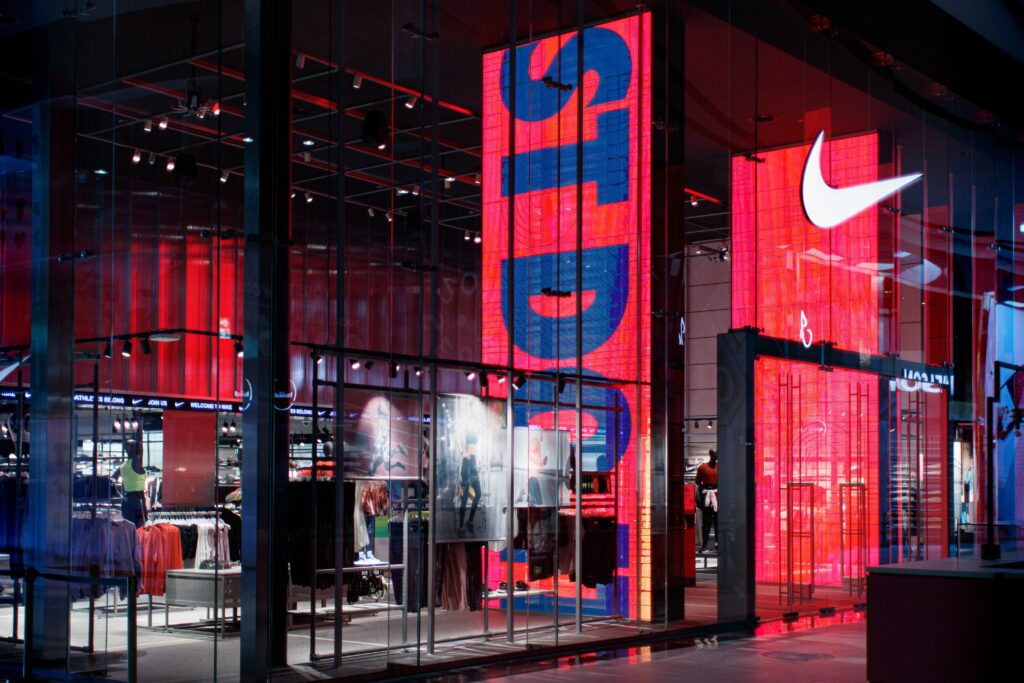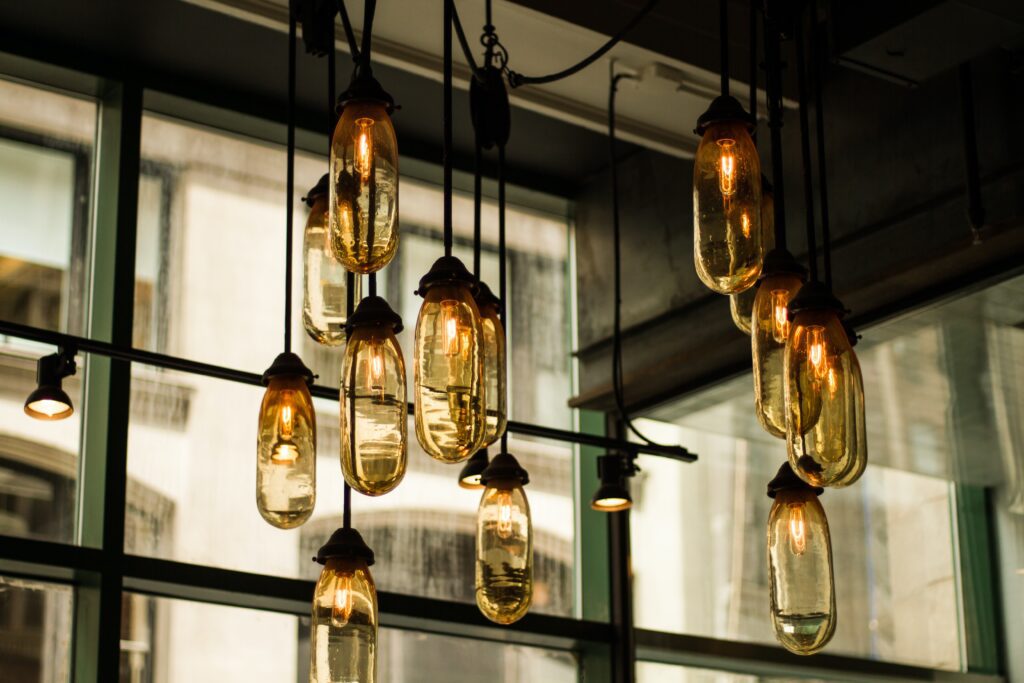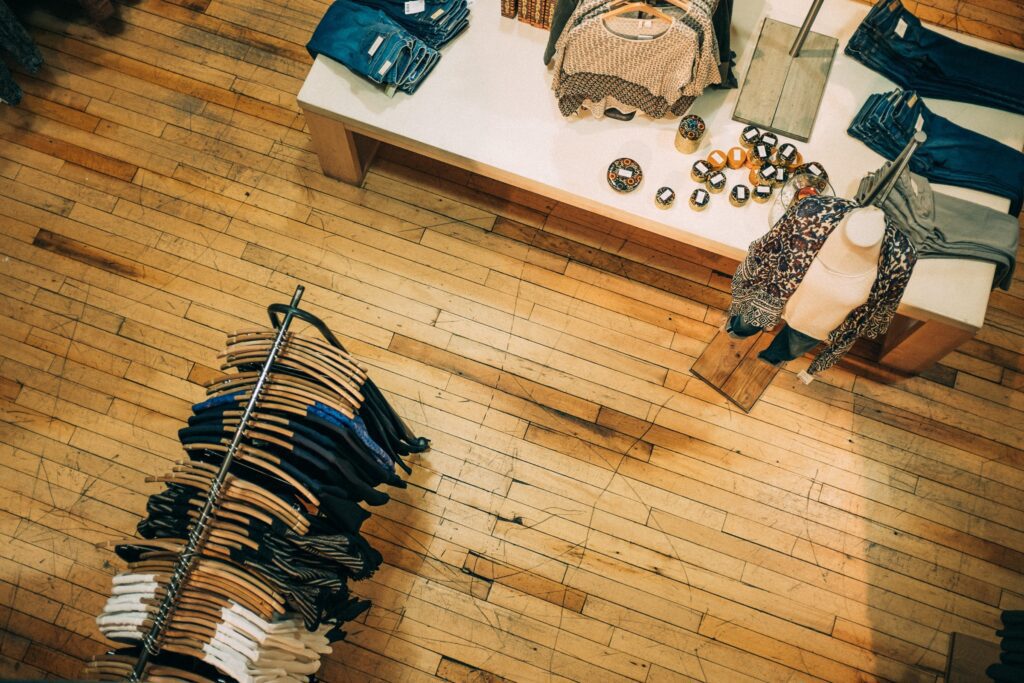You’re about to explore unique insights into the meticulous planning and architectural prowess that goes into the creation of a thriving shopping center. “How to Design a Shopping Center for Maximum Foot Traffic” is a treasure trove of strategies and design principles aimed at optimizing the layout of a shopping center, ultimately driving unparalleled customer traffic. Amplifying foot traffic is an art that goes beyond mere location and this guide will equip you with the required knowledge to create a buzzing hub of shopping activity. Boosting foot traffic, your shopping center could be the next showstopper in the retail industry!
Understanding the Basics of Foot Traffic
In the world of retail, foot traffic is a key term that refers to the number of people passing by or visiting a particular location, usually a store, within a given time frame. This term is fundamental for all retail businesses, not just shopping centers, as gauging foot traffic provides important insights into store performance and customer behavior.
Understanding the Concept of Foot Traffic
Foot traffic is a vital parameter that influences the commercial health of a shopping center. It’s all about the customers – the more who walk through the doors, the stronger the potential for sales. Thus, designing a shopping center to maximize foot traffic is the ultimate goal.
Importance of Foot Traffic in a Shopping Center
The value of foot traffic in a shopping center can’t be overstated. High foot traffic translates into increased exposure for retailers, leading to potential sales and revenue growth. It also means a healthy and exciting shopping environment that can attract further shoppers.
Factors Influencing Foot Traffic
Several factors can influence foot traffic. These include the location of the shopping center, its design and layout, accessibility, visibility, amenities available, security measures, and the variety of stores inside the center. All these aspects contribute in their own way to draw in or deter potential customers.
Site Selection and Layout Planning
Designing a shopping center starts from choosing a strategic site and planning the layout wisely.
Strategic Location Choice for Maximum Visibility and Accessibility
Choosing the right location is paramount. A site that is easily visible and accessible can attract more customers. A shopping center located in a populated area with good transportation links is a desirable choice.
Hard and Soft Landscaping Elements
Incorporating both hard (built features, walkways) and soft (vegetation, green spaces) landscaping features into your shopping center’s design enhances aesthetics and can make it more inviting, promoting foot traffic.
Advantages of Open Layouts
Open layouts can make a shopping center more spacious and easy to navigate. They are family-friendly and wheelchair-accessible, encouraging more people to visit and spend time at the shopping center.
Importance of Parking Space
Adequate parking facilities can not only accommodate more visitors but also make their experience more convenient and enjoyable, increasing the chances of their return.



This image is property of images.unsplash.com.
Creating an Attractive Exterior Design
The exterior design of a shopping center is the first impression made on potential customers, therefore it should be attractive.
Importance of Exterior Design
A well-designed, aesthetically pleasing exterior can entice potential customers and increase foot traffic. It sets the tone for what customers can expect inside.
Using Eye-Catching Signage and Logo
Effective signage and a compelling logo can make a shopping center stand out and be easily identifiable. These visual elements can inspire curiosity and attract more visitors.
Implementing Appropriate Lighting
Proper exterior illumination not only boosts a shopping center’s visibility but also adds to its overall attractiveness and creates a sense of safety, which can pull in more foot traffic during evening hours.
Optimizing Interior Space
The interior layout and design of the shopping center are significant aspects, too. They should be functional, appealing, and cater to customer needs.
Strategic Store Placement
An efficient and well-thought-out store layout can guide visitor flow, provide ease of movement, and increase the exposure of various stores, thus potentially increasing sales.
Effective Aisle Layout
An effective aisle layout makes it easy for shoppers to find what they’re looking for without frustration, reducing the likelihood of customer bounce and promoting longer stays.
Importance of Open Spaces
Open spaces within the shopping center allow for easy navigation, rest areas, and even events, all of which can enhance a visitor’s experience and increase foot traffic.



This image is property of images.unsplash.com.
Improving Shopper Experience
The overall shopping experience can influence how long customers stay, how much they buy and whether they return.
Role of an Efficient Navigation System
Clear, concise wayfinding signage makes navigating a shopping center less intimidating and enhances customer experience, which can lead to repeat visits.
Incorporating Interactive Elements
Interactive elements, such as digital kiosks or touch screen directories, can make the shopping experience more engaging and enjoyable, luring in more customers.
Rest, Dining and Entertainment Areas
Providing rest areas, food courts, and entertainment zones can enhance customer experience, encouraging them to spend more time in the shopping center, thereby increasing foot traffic.
Implementing Technology for Increased Foot Traffic
Today’s shoppers expect technologically sound solutions for a seamless shopping experience and to draw them in.
Digital Signage and Interactive Screens
Integrating digital signage and interactive screens can attract and retain customer attention while providing important information or fun interaction.
Free Wi-Fi and Mobile Charging Stations
By offering free Wi-Fi and mobile charging stations, shopping centers can meet modern consumers’ needs and keep them in the center for longer periods, thereby increasing foot traffic.
Use of Apps for Better Shopper Experience
Shopping center apps can enhance the customer experience by providing store directories, deals, navigation aids, and more, making the shopping experience more enjoyable and efficient.



This image is property of images.unsplash.com.
Organizing Events and Promotions
Regularly hosting events and promotions can create excitement and increase foot traffic.
Seasonal Sales and Discounts
Offering seasonal sales or discounts is a winning strategy to attract foot traffic. The prospect of a good deal can lure in both regular customers and passers-by.
Hosting Community Events
Community events not only increase foot traffic but also foster community spirit. These can range from local concerts to themed festivals or charity events.
Partnerships with Brands for Exclusive Launches
Collaborating with popular brands for exclusive product launches or showcases can attract fans and followers of those brands, increasing foot traffic.
Safety and Security Measures
Safety and security are factors that can influence a customer’s decision to visit a shopping center.
Importance of CCTV Cameras and Security Personnel
Security measures such as CCTV cameras and security personnel reassure customers, making them feel more comfortable and safe while shopping.
Emergency Exit Plans
Well-established emergency exit routes and plans add to the safety of a shopping center and can increase visitor confidence and foot traffic.
Cleanliness and Maintenance
Regular cleaning and maintenance are essential for a pleasant shopping environment. A clean, well-maintained shopping center can attract and retain more visitors.
Sustainable Practices
Now more than ever, sustainability is becoming a significant factor for many consumers.
Environment-Friendly Shopping Center Practices
Implementing eco-friendly practices like recycling or using renewable energy resources can attract eco-conscious shoppers and boost a shopping center’s image.
Advantages of Green Spaces
Including green spaces not only contributes to environmental sustainability but also creates a relaxing ambiance and beauty, enhancing shopping center attractiveness and foot traffic.
Energy Efficiency Methods
Adopting energy-efficient practices, like energy-saving lights or solar panels, can reduce operational costs and draw in sustainability-minded customers, indirectly contributing to an increase in foot traffic.
Measuring Foot Traffic
Tracking foot traffic is critical for understanding a shopping center’s performance and planning future strategies.
Tools and Techniques for Measuring Foot Traffic
Various tools and technologies, like sensors, cameras, and analytics software, can be used to measure foot traffic, provide valuable data, and offer insights into customer behavior.
Understanding and Analyzing Data
Interpreting and analyzing obtained foot traffic data can aid in making informed decisions about store placement, opening hours, staffing needs, marketing strategies, and more.
Foot Traffic and Conversion Rates
Foot traffic is directly related to conversion rates. A rise in foot traffic could likely lead to an increase in sales. Tracking and comparing these two metrics over time can provide insights into the shopping center’s performance and needs.
